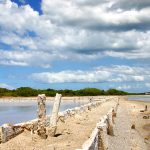On Thursday, August 9th, representatives of this critical shorebird site presented an official proposal to Chile’s Minister of the Environment, Marcela Cubillos
At the eastern mouth of the Strait of Magellan, on the Chilean coast of Tierra del Fuego, the expanse of mudflats at Bahía Lomas is the most important wintering area for the threatened rufa subspecies of Red Knot (Calidris canutus rufa) in all of South America. These knots fly 9,500 miles (15,000 kilometers) to reach this beach, traveling all the way from their breeding grounds in the Canadian Arctic. Red Knots aren’t the only long-distance migrant counting on Bahía Lomas as a safe place to land. It is the second most important site in South America for Hudsonian Godwit (Limosa haemastica), and also a crucial wintering area for White-rumped Sandpiper (Calidris fuscicollis).
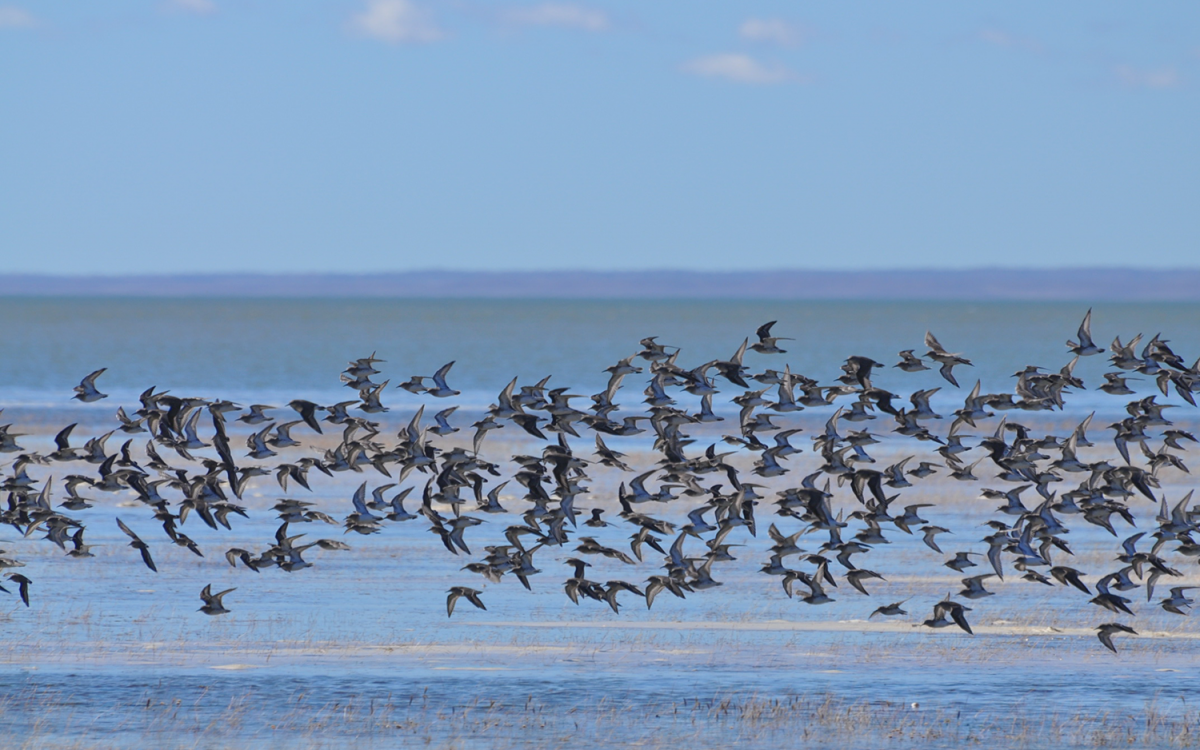
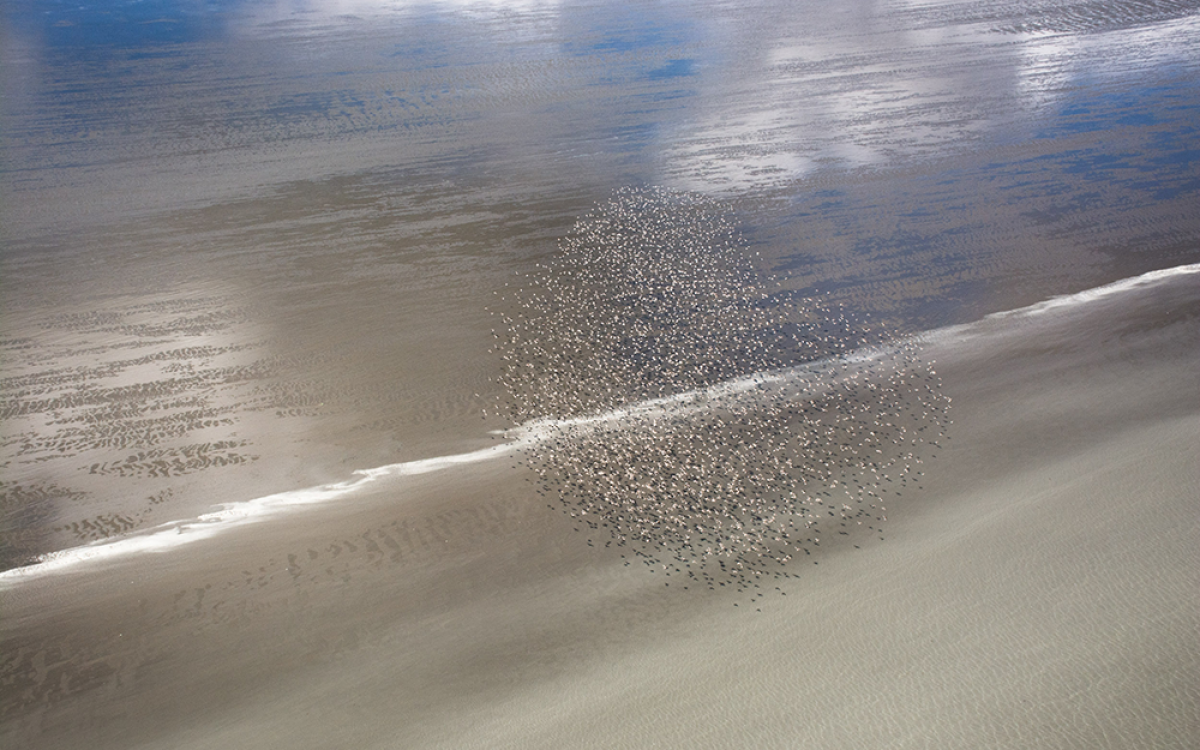
Left: White-rumped Sandpipers at Bahía Lomas. Photo: Diego Luna Quevedo. Right: Red Knots from above, during annual aerial surveys at Bahía Lomas Photo: Sr. Antonio Larrea.
Bahía Lomas was declared a Ramsar Site in 2004, and in 2009 became a WHSRN Site of Hemispheric Importance for hosting almost 50% of the population of the rufa Red Knot. After years of research and collaboration to better understand the unparalleled importance of this remote bay, Bahía Lomas was recently recognized once again – this time one step closer to safeguarding the site with legal protected area status.
On August 6, 2018, Bahía Lomas was announced as one of 40 priority wetlands in an ambitious national plan to protect the rich biodiversity of Chile’s wetlands. The Chilean Ministry of the Environment committed to grant each of these 40 sites a level of protected status by 2022, collectively guaranteeing the long-term management and conservation of more than 250,000 hectares (~ 617,763 acres) of wetlands.
Following the tide of this conservation victory, WHSRN’s Diego Luna Quevedo and Carmen Espoz, Dean of the Faculty of Sciences at Universidad Santo Tomás and director of the Bahía Lomas Center, visited Chile’s Minister of the Environment just a few days later, and presented her with an official request to declare Bahía Lomas as a Santuario de la Naturaleza (National Nature Sanctuary).

Diego Luna Quevedo and Carmen Espoz present the official proposal to Chile’s Minister of the Environment to declare Bahía Lomas as a Santuario de la Naturaleza (National Nature Sanctuary). Photo: Diego Luna Quevedo.
“This request to become a Sanctuary is based on more than 15 years of monitoring by our faculty, together with researchers from Chile, Canada, and the United States,” said Espoz.
Thanks to support from the Neotropical Migratory Bird Conservation Act (NMBCA), the WHSRN Executive Office and Manomet’s Shorebird Recovery program have been able to partner with Espoz and a team of national and international organizations on a series of projects to study and protect Bahía Lomas.
Between 2011 and 2013, Espoz, the Chilean Ministry of the Environment, and WHSRN’s Diego Luna Quevedo led a series of workshops, meetings, and presentations to bring together scientists, industry professionals, decision makers, and local landowners. The group reached consensus to declare the area as a National Nature Sanctuary, and developed the baseline for the original proposal. Part of this process was establishing the Bahía Lomas Center, which opened its doors in 2012. Now in nearby Punta Arenas and part of the Science Faculty at Universidad Santo Tomás, the Center serves as a community space for scientific research, environmental education, and public outreach around the conservation of Bahía Lomas.
One of the key threats to this crucial shorebird habitat is a series of active oil platforms around the site, operated by Chile’s National Petroleum Company (ENAP). The WHSRN Executive Office helped facilitate a comprehensive assessment of the risk from oil spills, including recommendations to reduce this threat and develop an emergency response plan in the case of such an accident. ENAP is responsible for managing one of the key threats at Bahía Lomas, but is also an inextricable partner in the long-term shorebird monitoring at the site. ENAP enables aerial surveys every January by providing the helicopter time, fuel, and even food and accommodation for researchers.
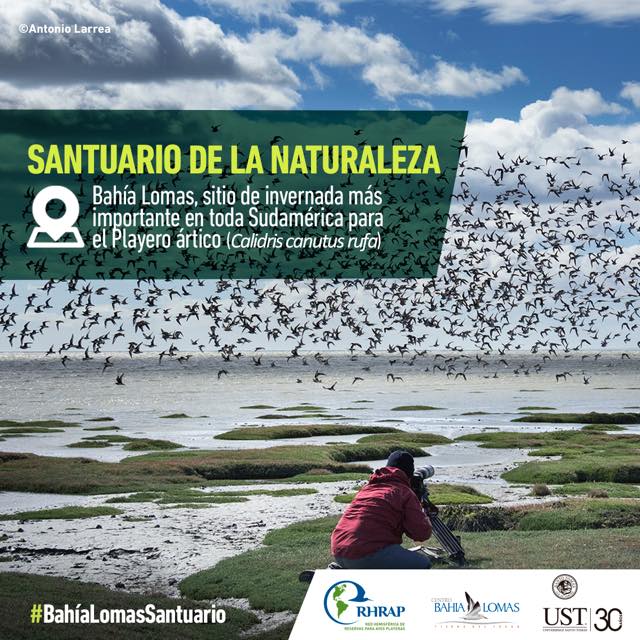
A poster from the campaign to declare Bahía Lomas as a Nature Sanctuary. Photo: Sr. Antonio Larrea.
Through the Bahía Lomas Center and science department at Universidad Santo Tomás, Espoz also leads a team of researchers to monitor shorebirds on the ground. She has dedicated her own scientific career to understanding the invertebrate community in the mudflats of Bahía Lomas. What are the Red Knots and Hudsonian Godwits eating, and how can this knowledge inform management of this critical feeding area for migratory shorebirds? Monitoring and research projects like these have helped guide the implementation of the site’s management plan and support the case to declare Bahía Lomas as a National Nature Sanctuary.
“This is a site of great interest for science, and without a doubt, the Sanctuary designation will improve the management and conservation of this area,” says Espoz.
“This is one more step towards giving Bahía Lomas an effective level of protection,” said Marcela Cubillos, Chile’s Minister of the Environment. “[It] allows us to continue making progress towards our commitment to declare protected area status for the 40 priority wetlands in the National Plan during President Piñera’s term.” The proposal is currently being reviewed by Chile’s National Monuments Council and Ministry of the Environment. Espoz and Luna Quevedo hope to celebrate Bahía Lomas’ declaration as a Santuario de la Naturaleza this December.
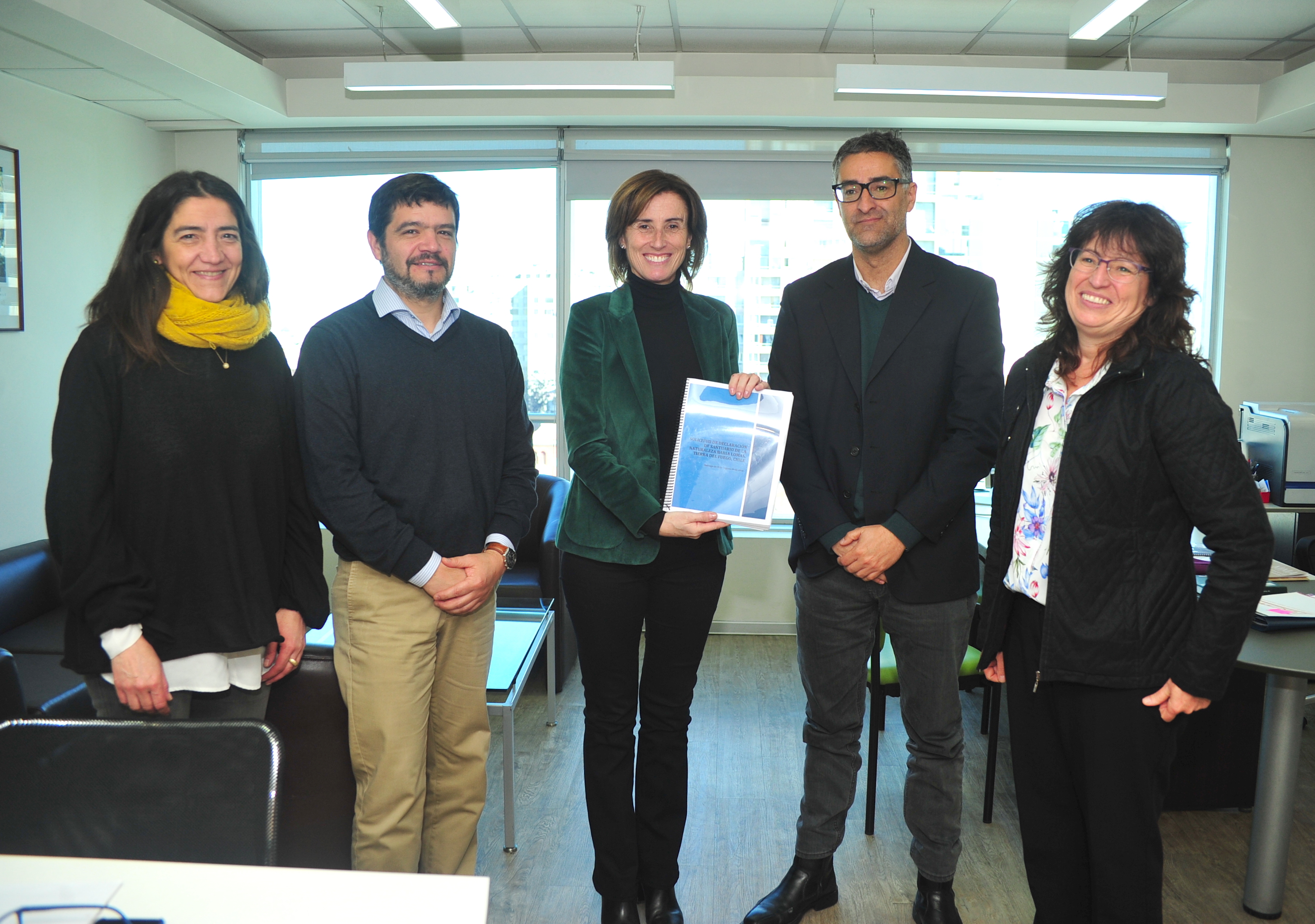
For more information, write to Diego Luna Quevedo, Conservation Specialist, WHSRN Executive Office, at diego.luna@manomet.org






